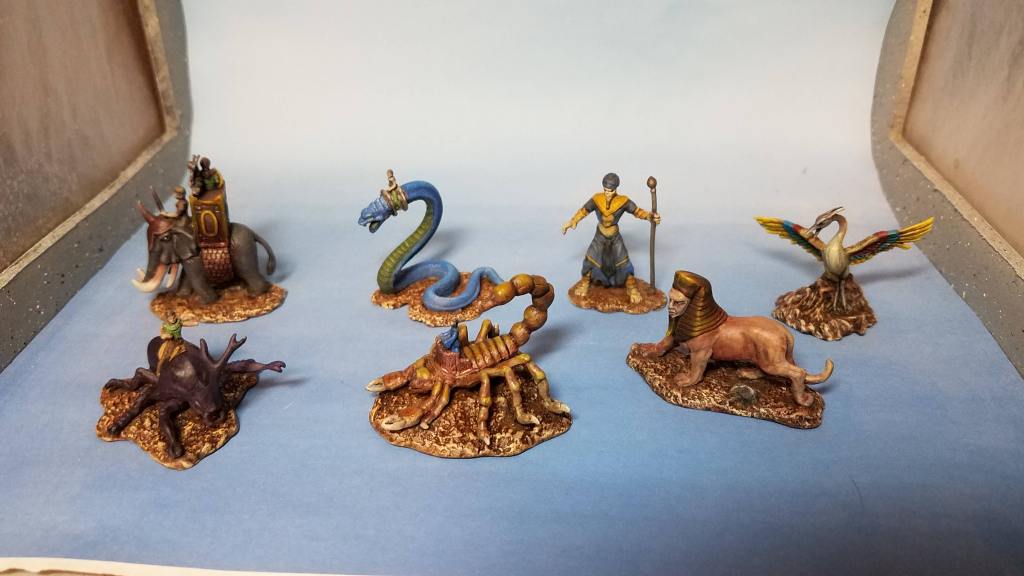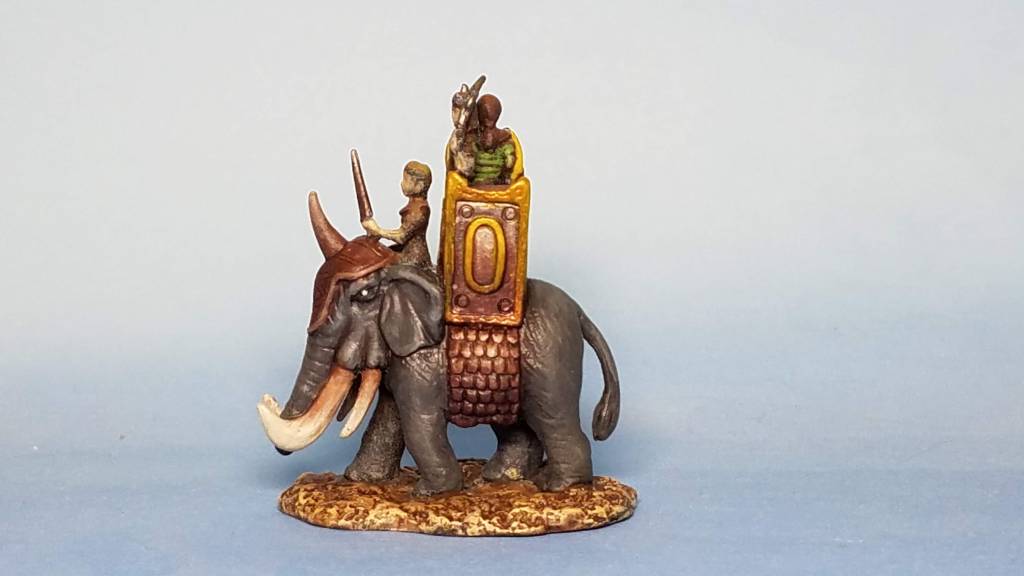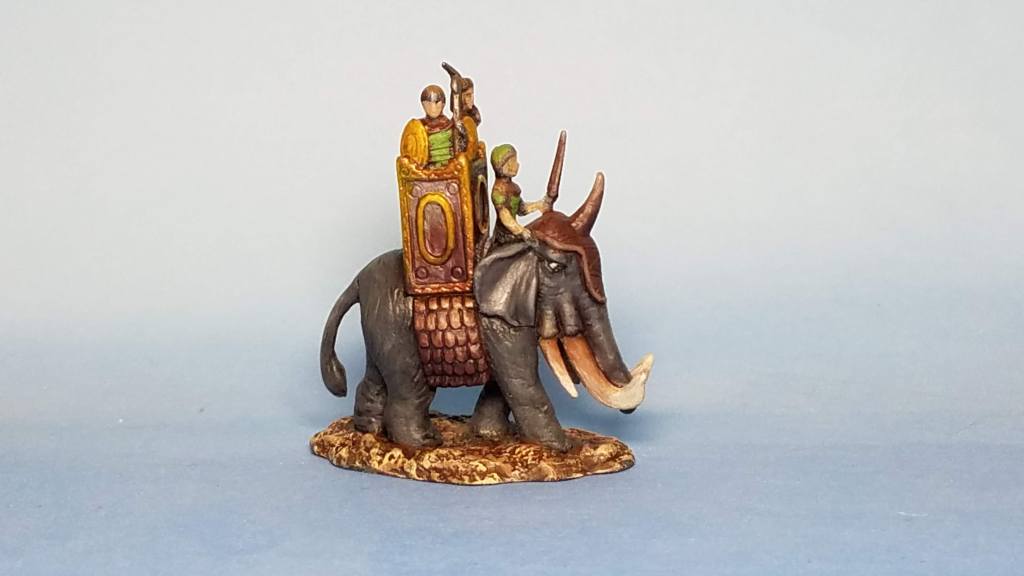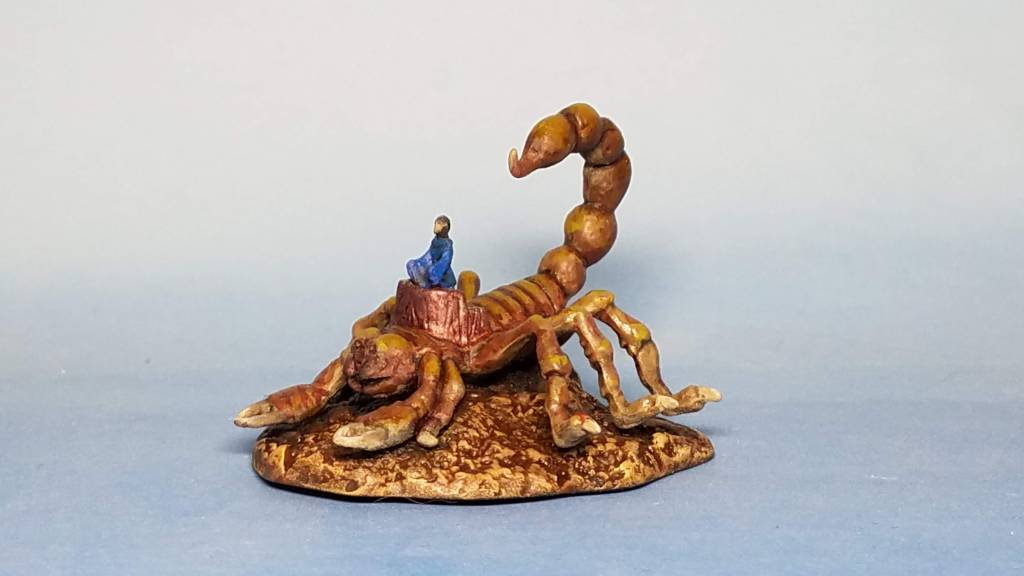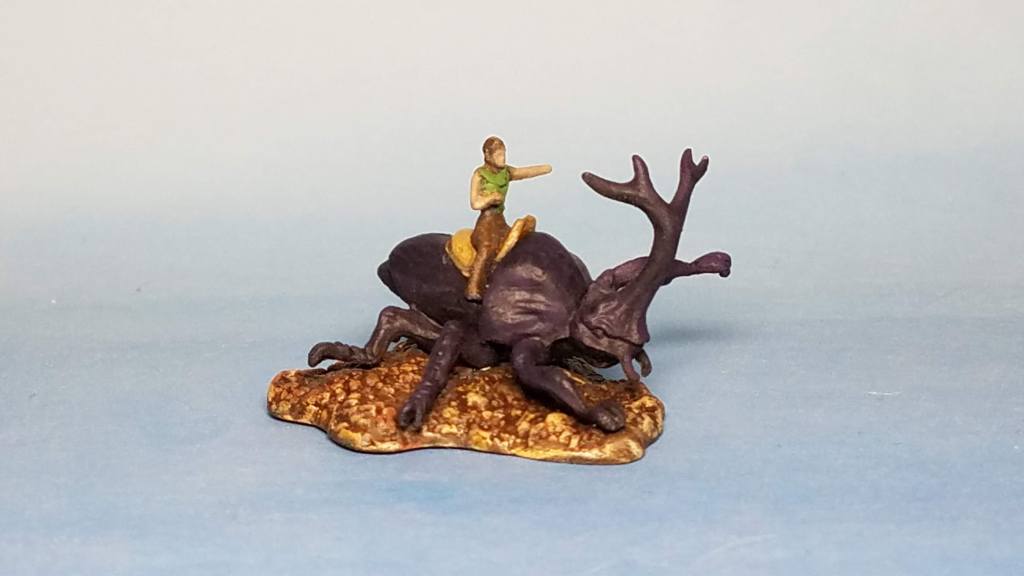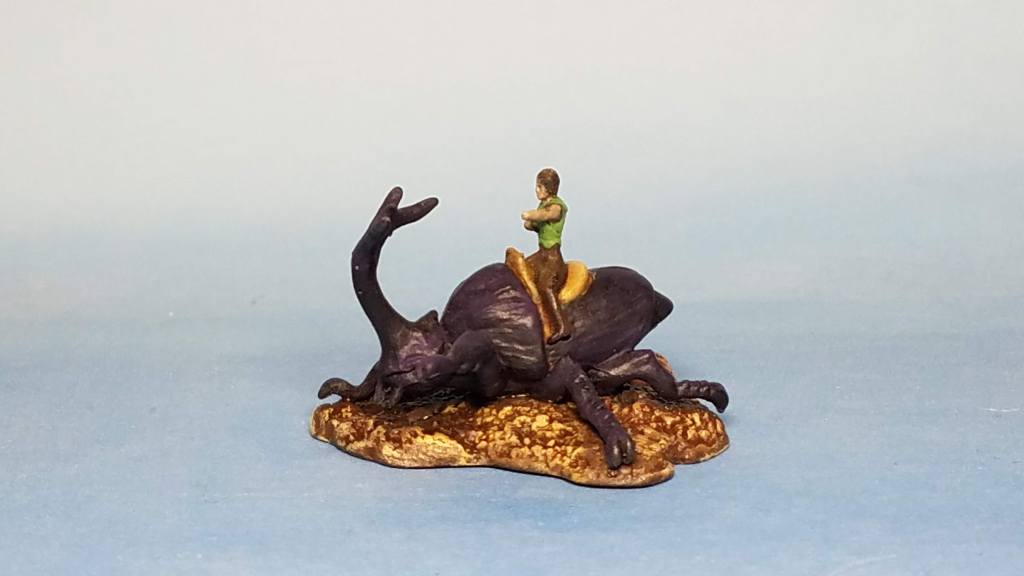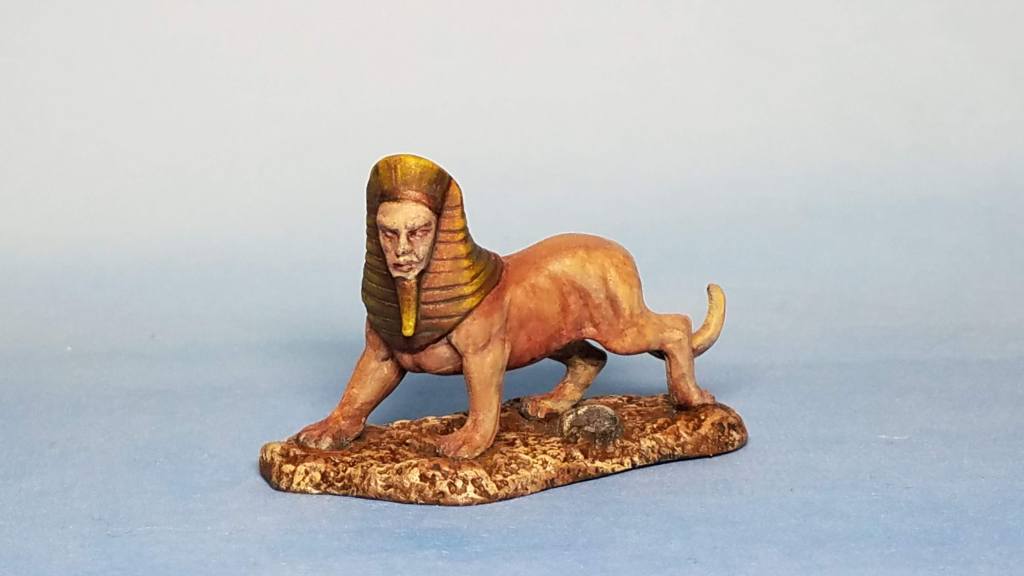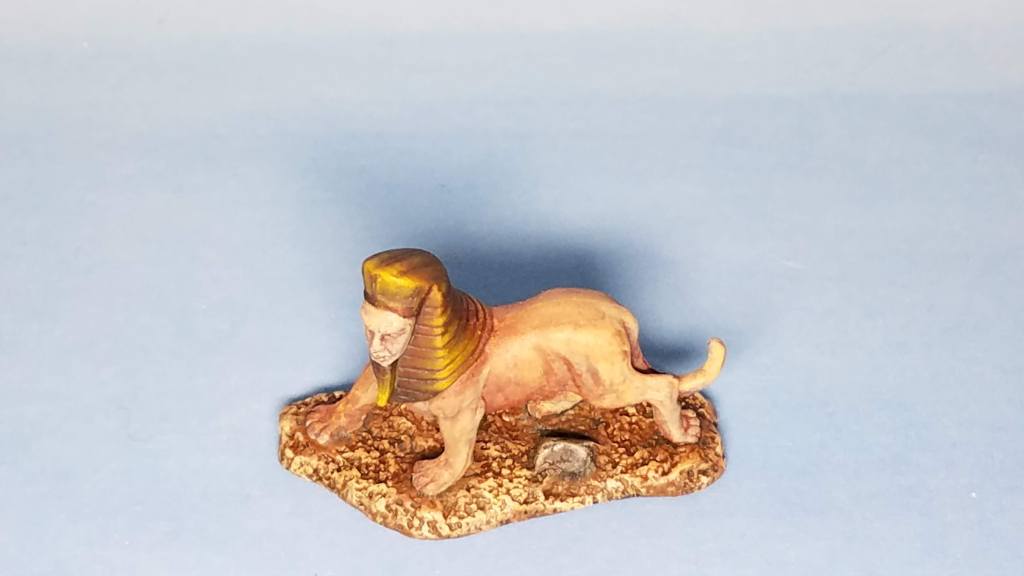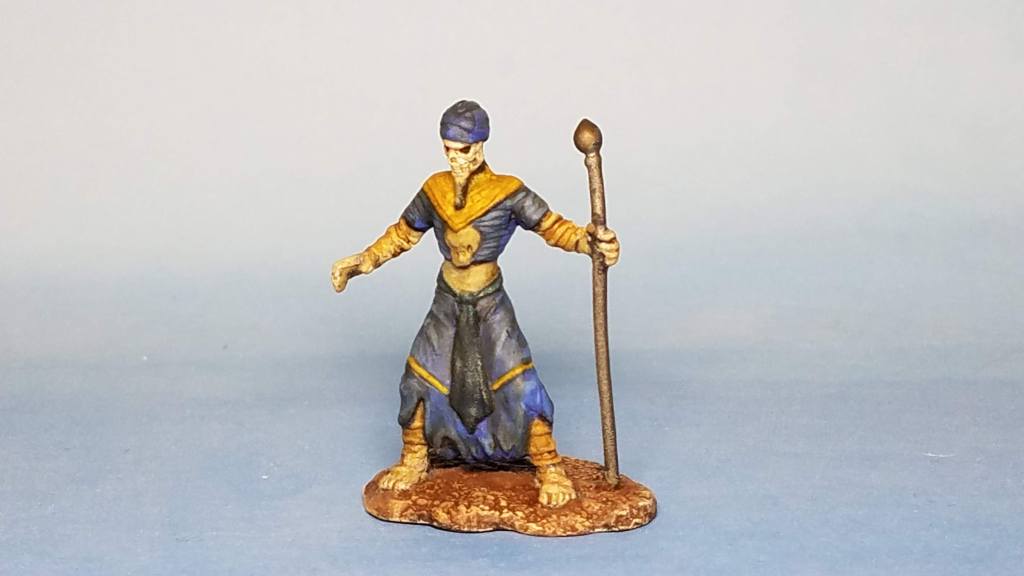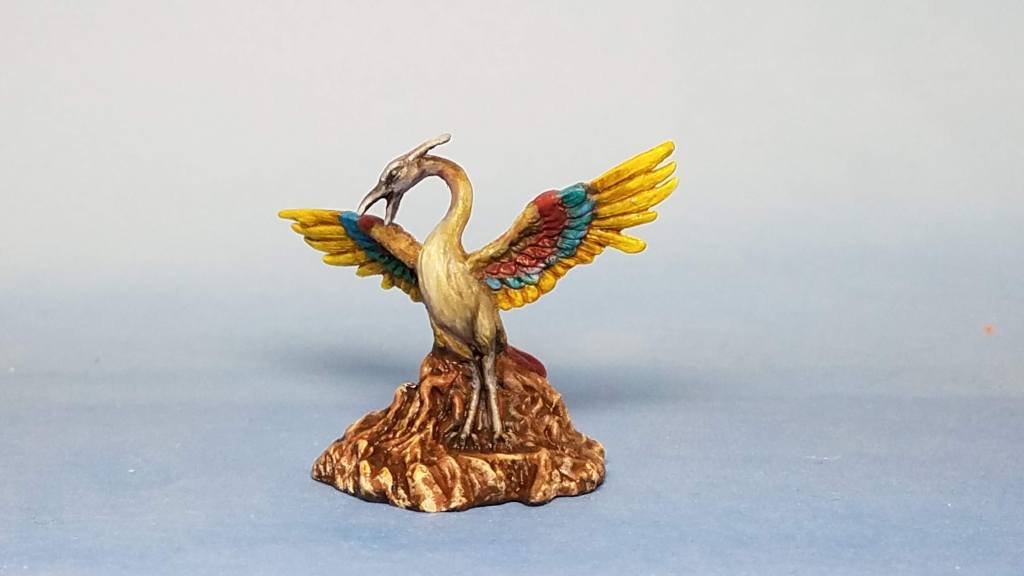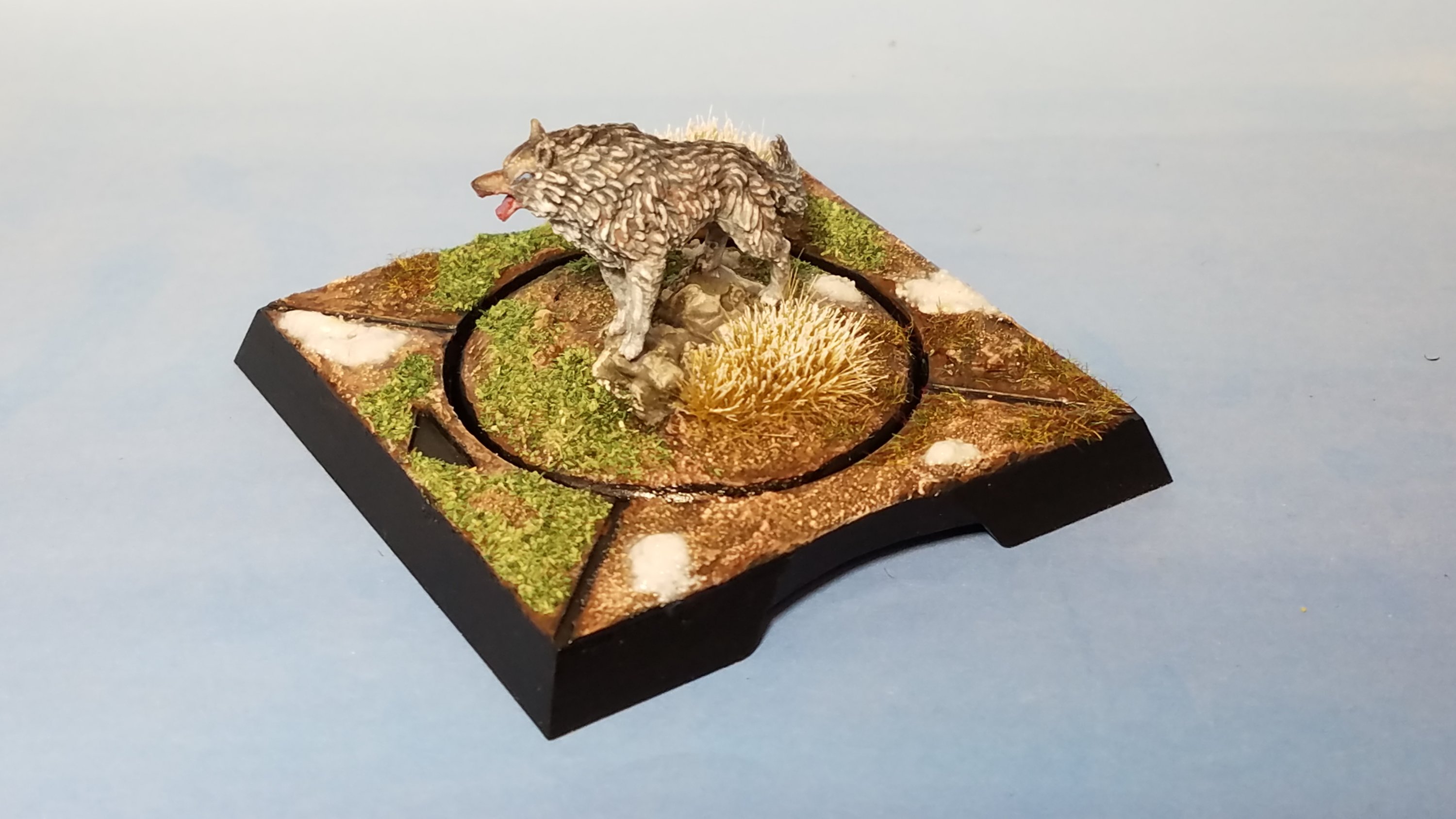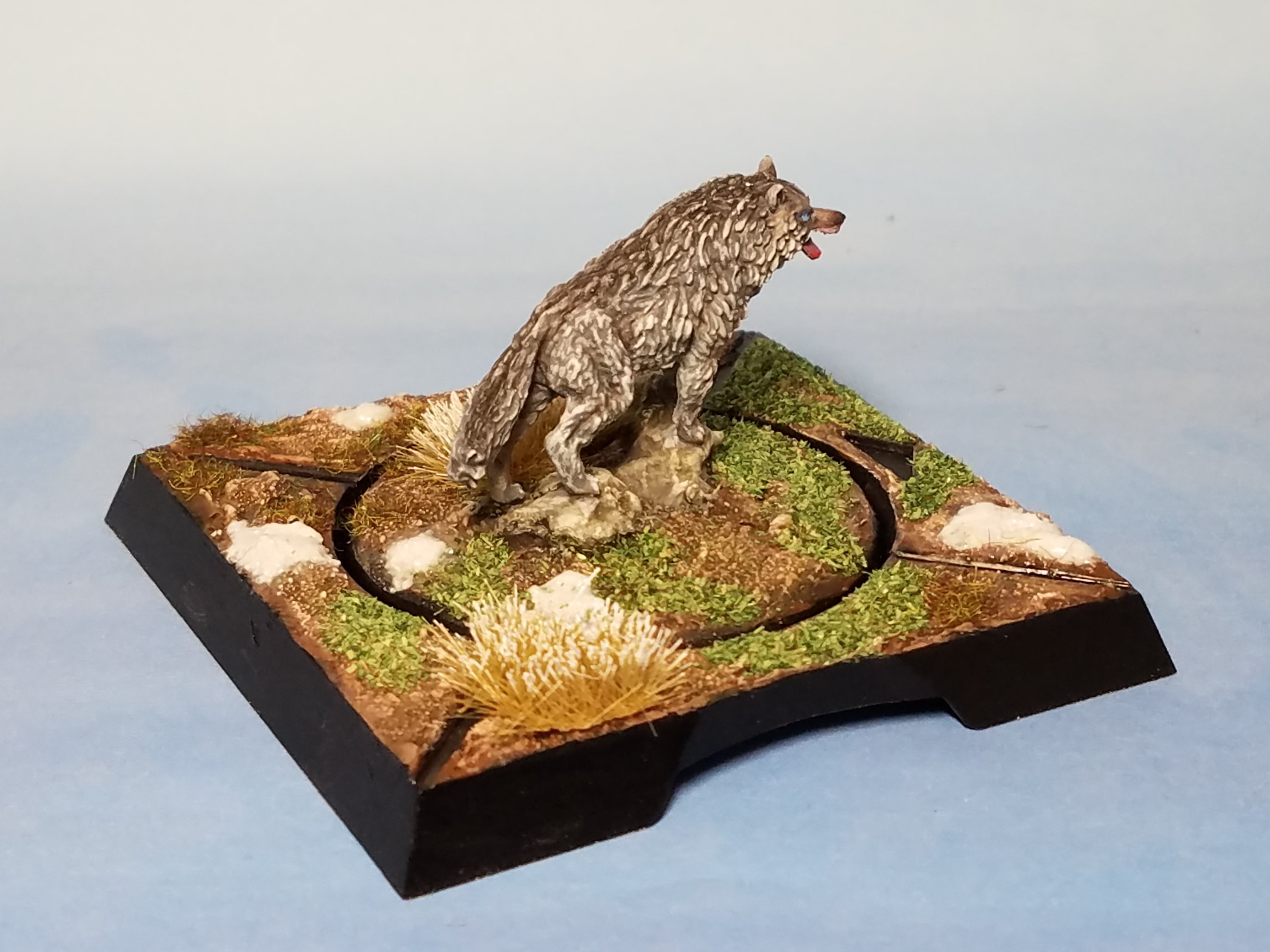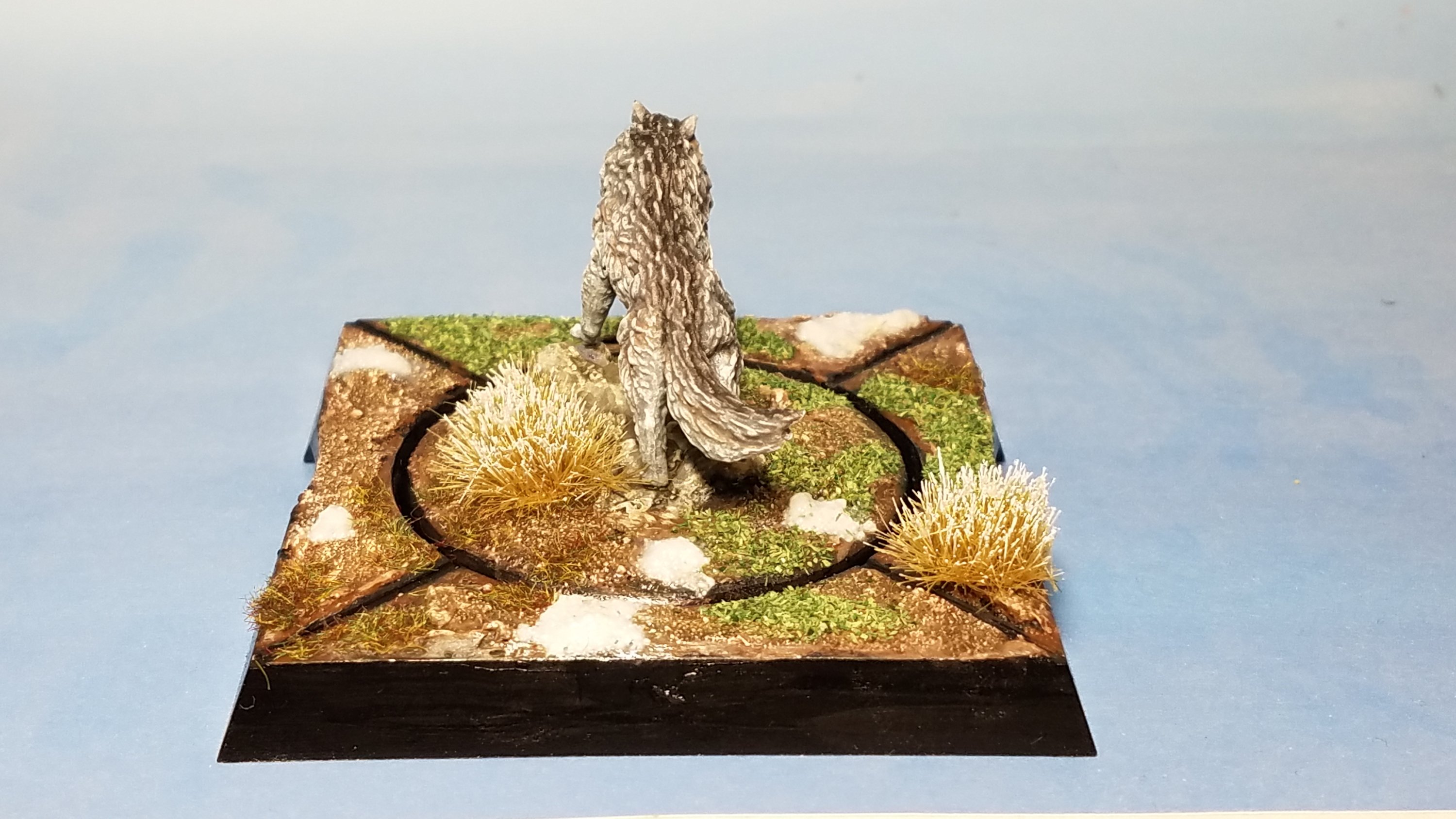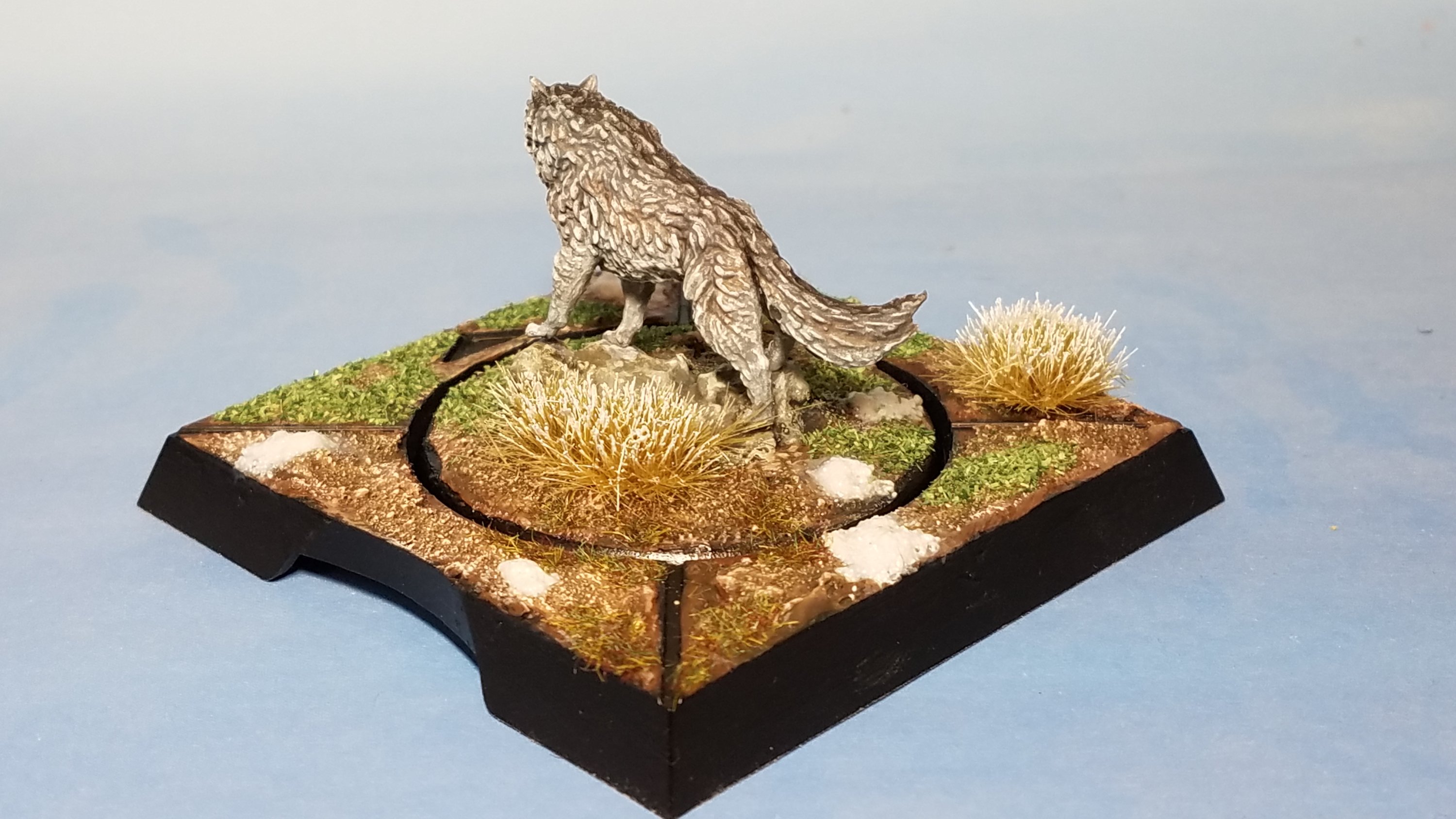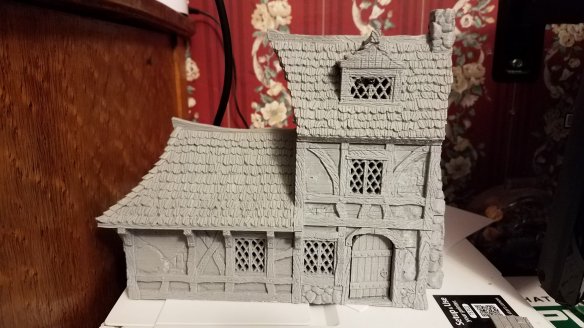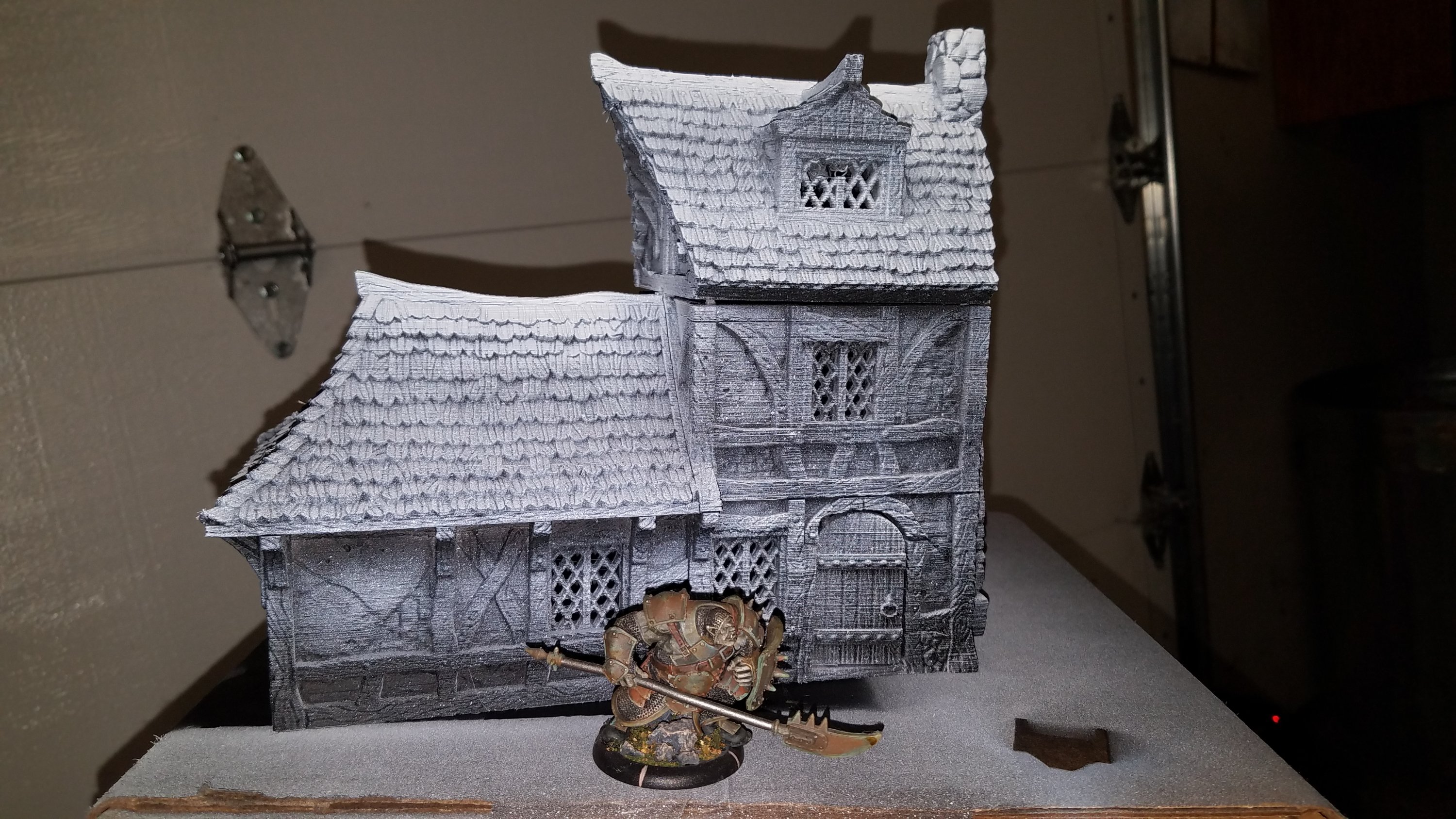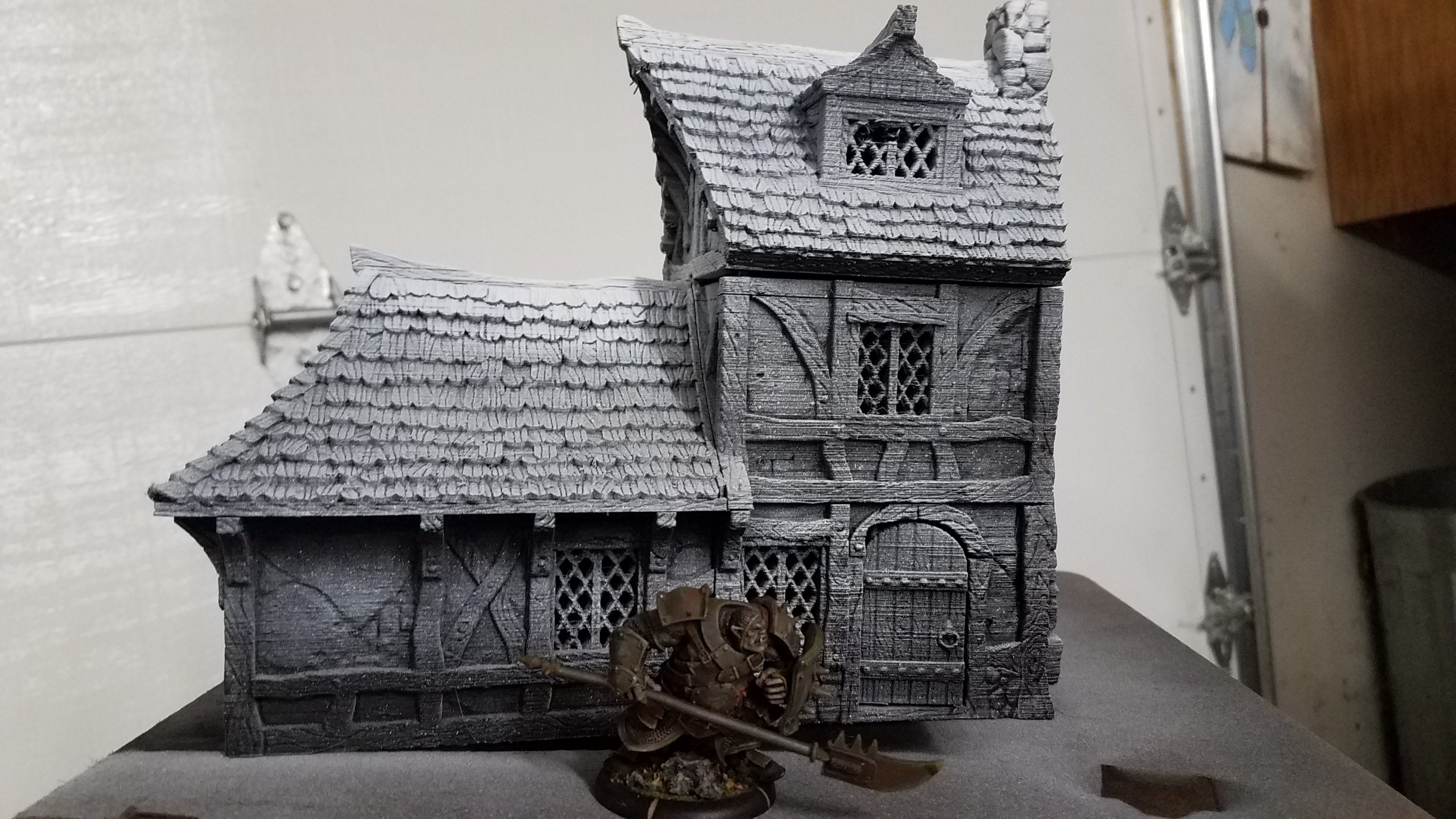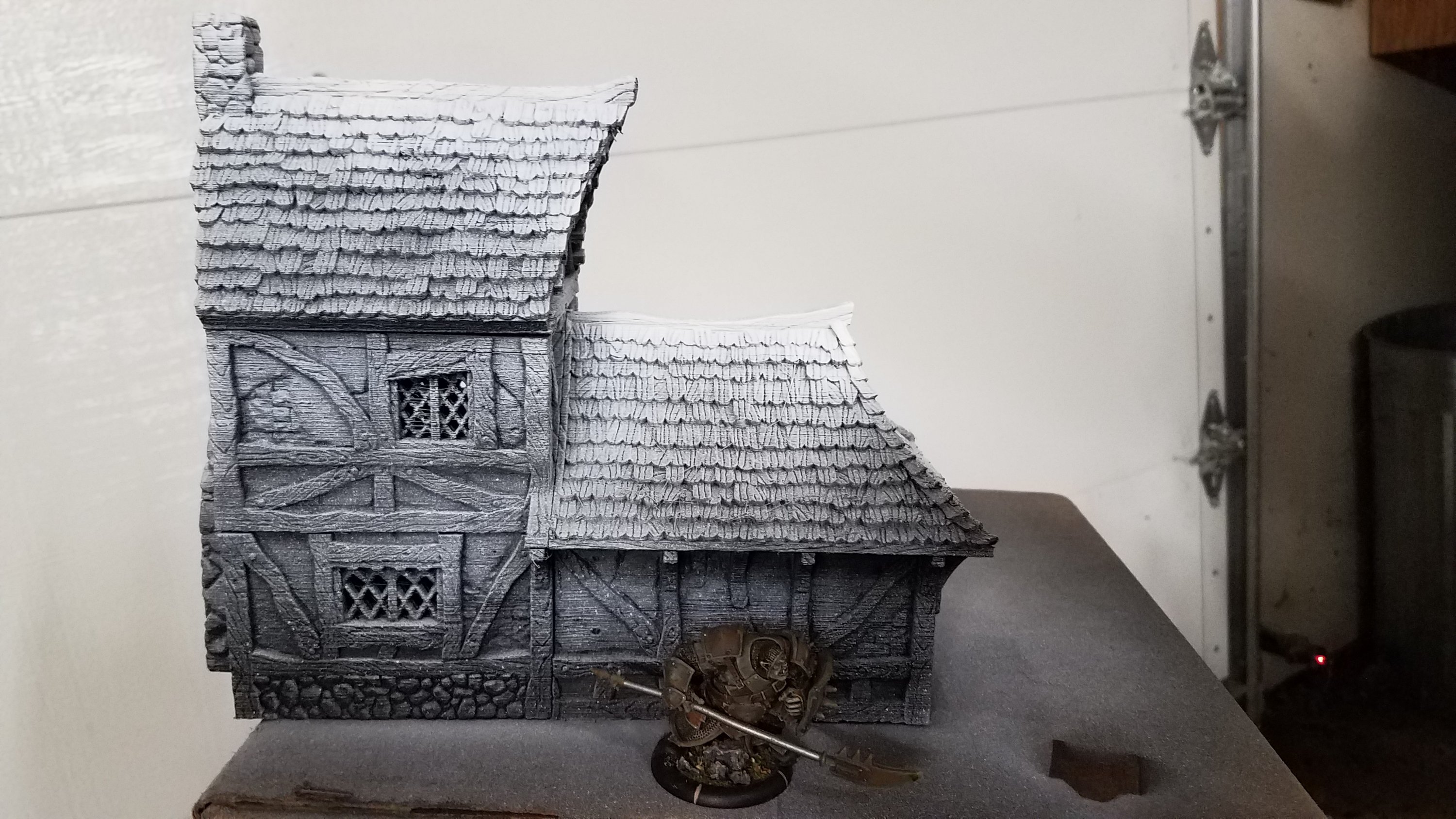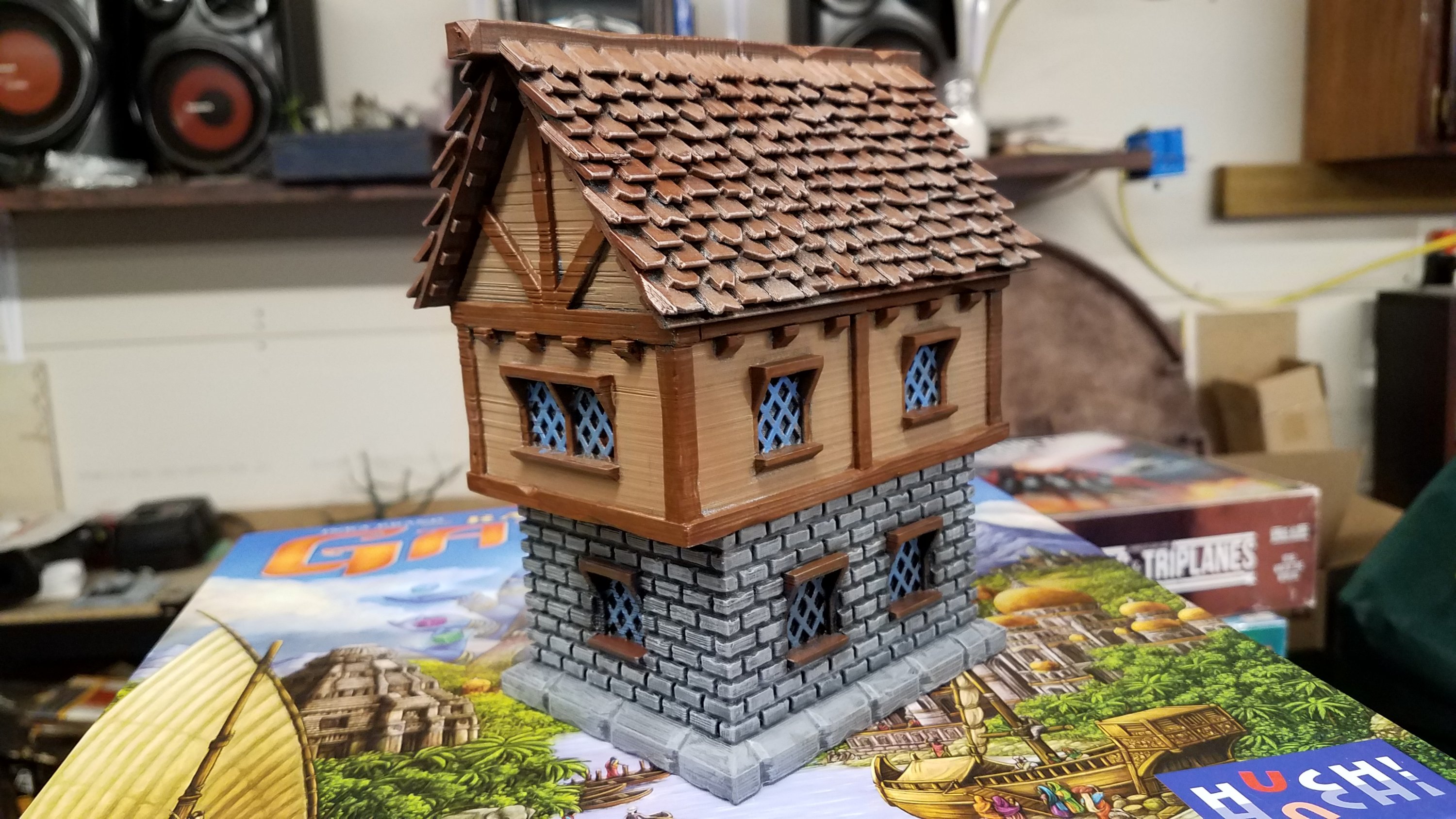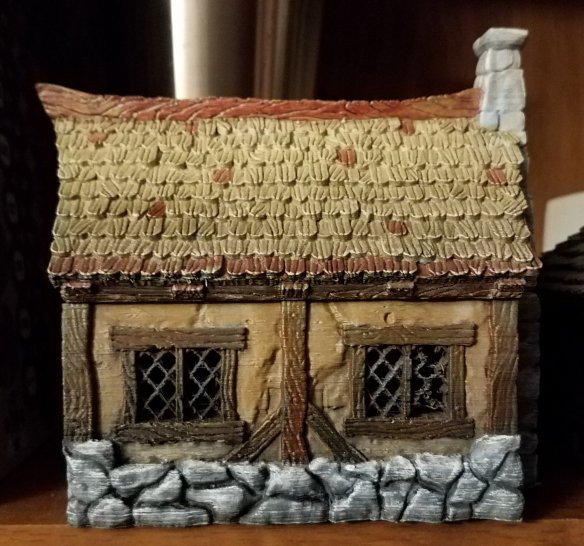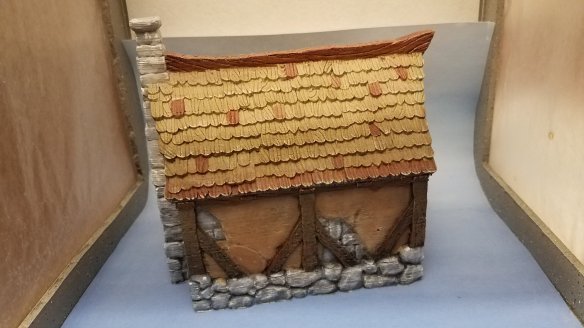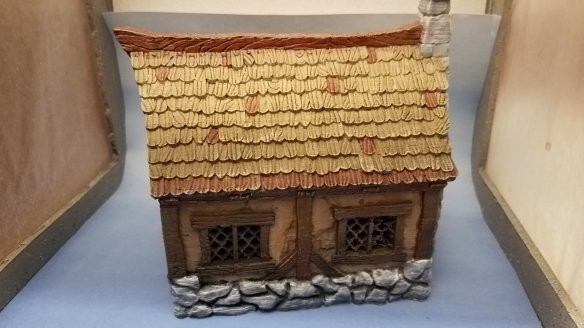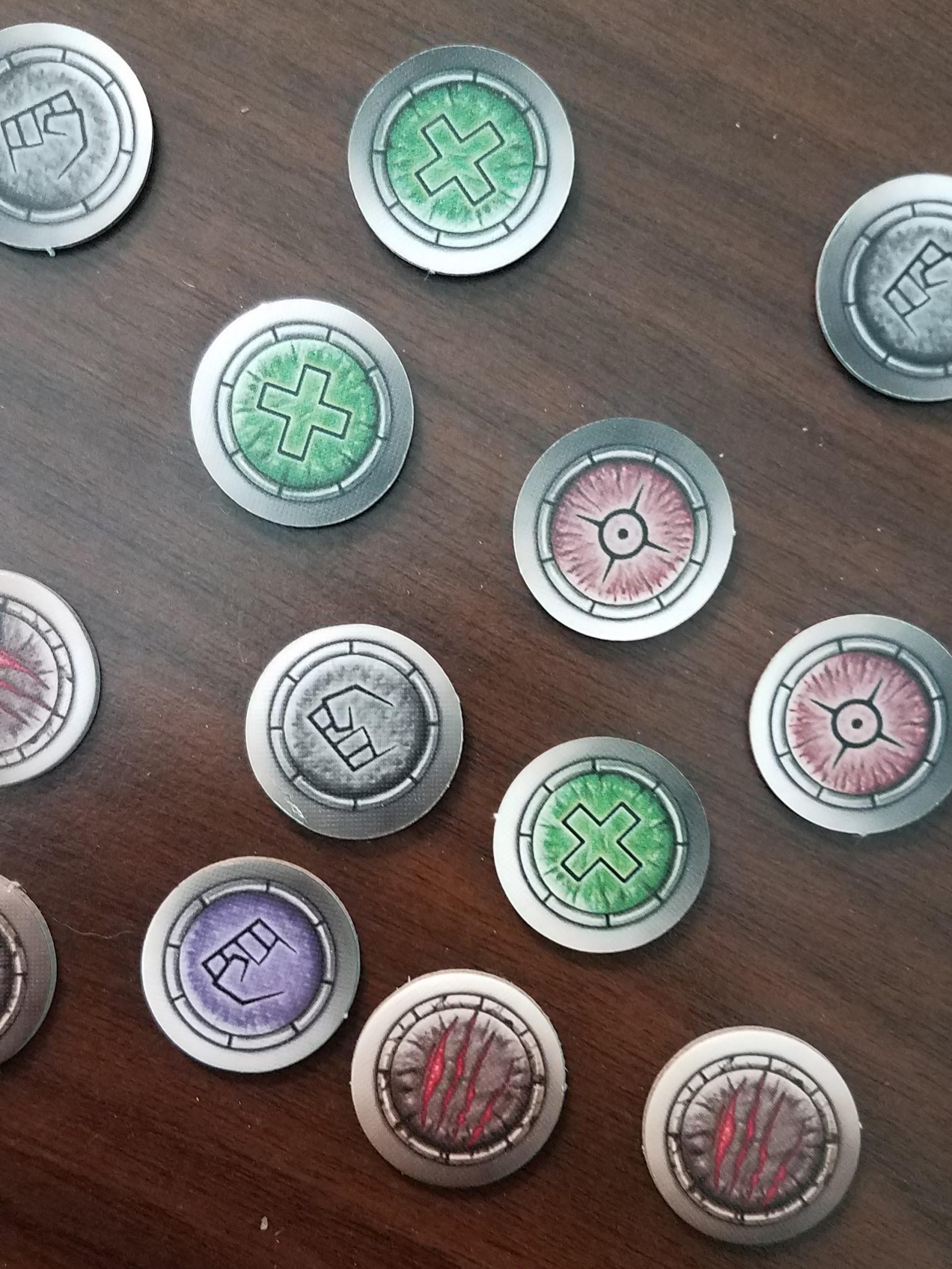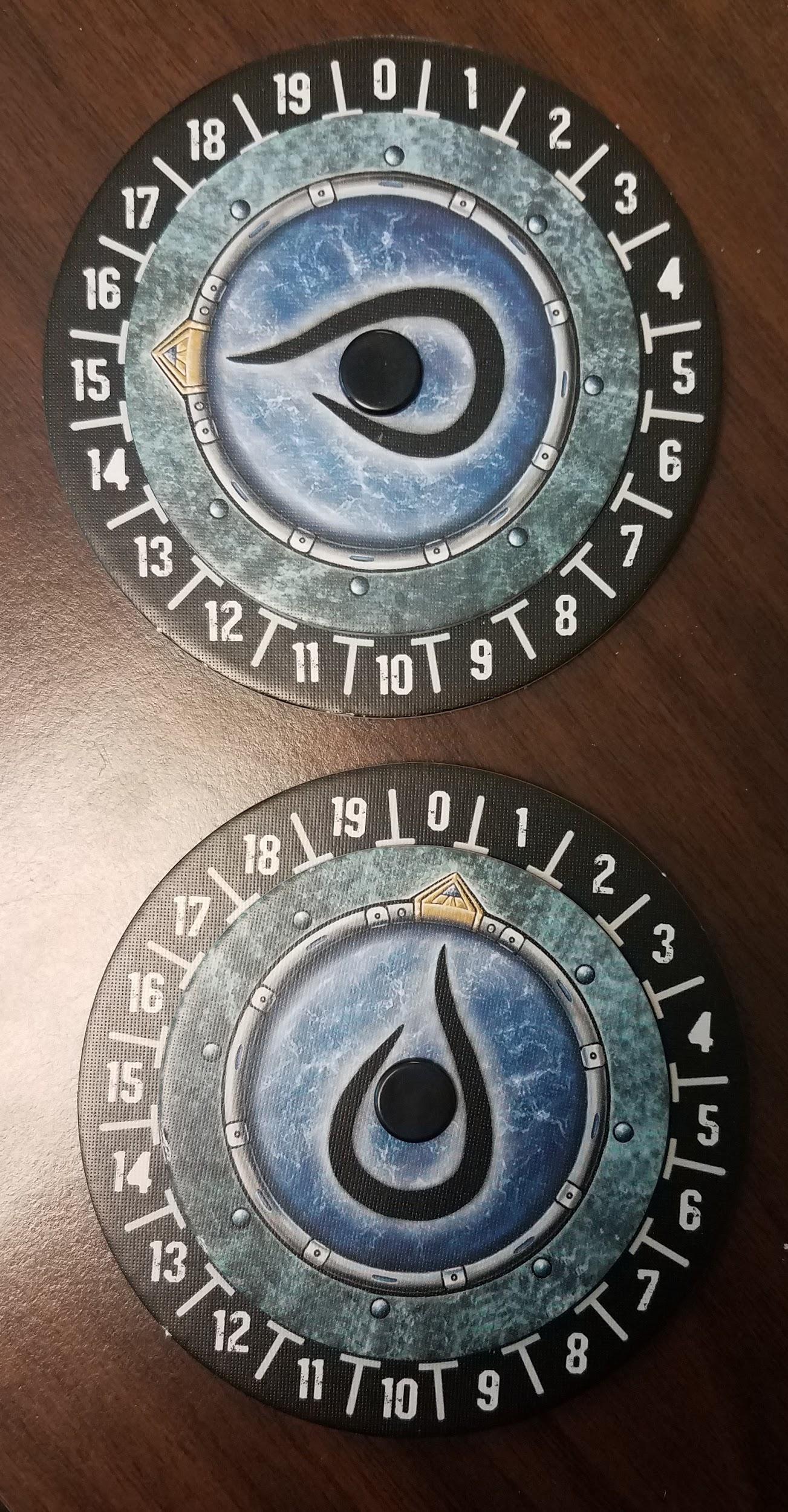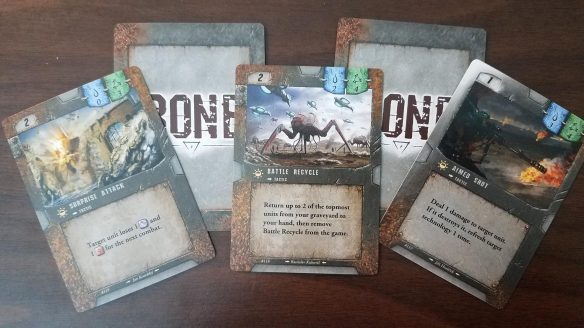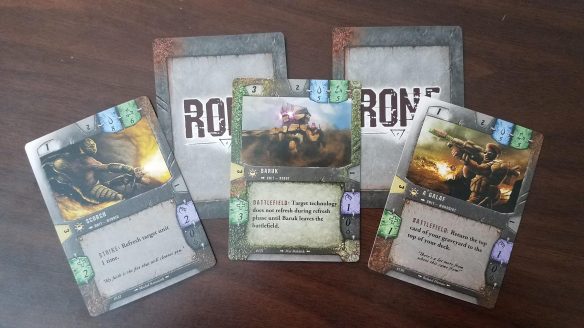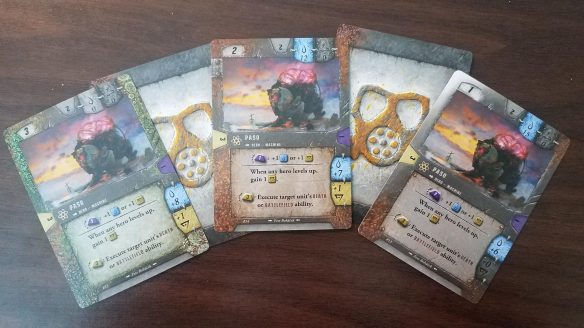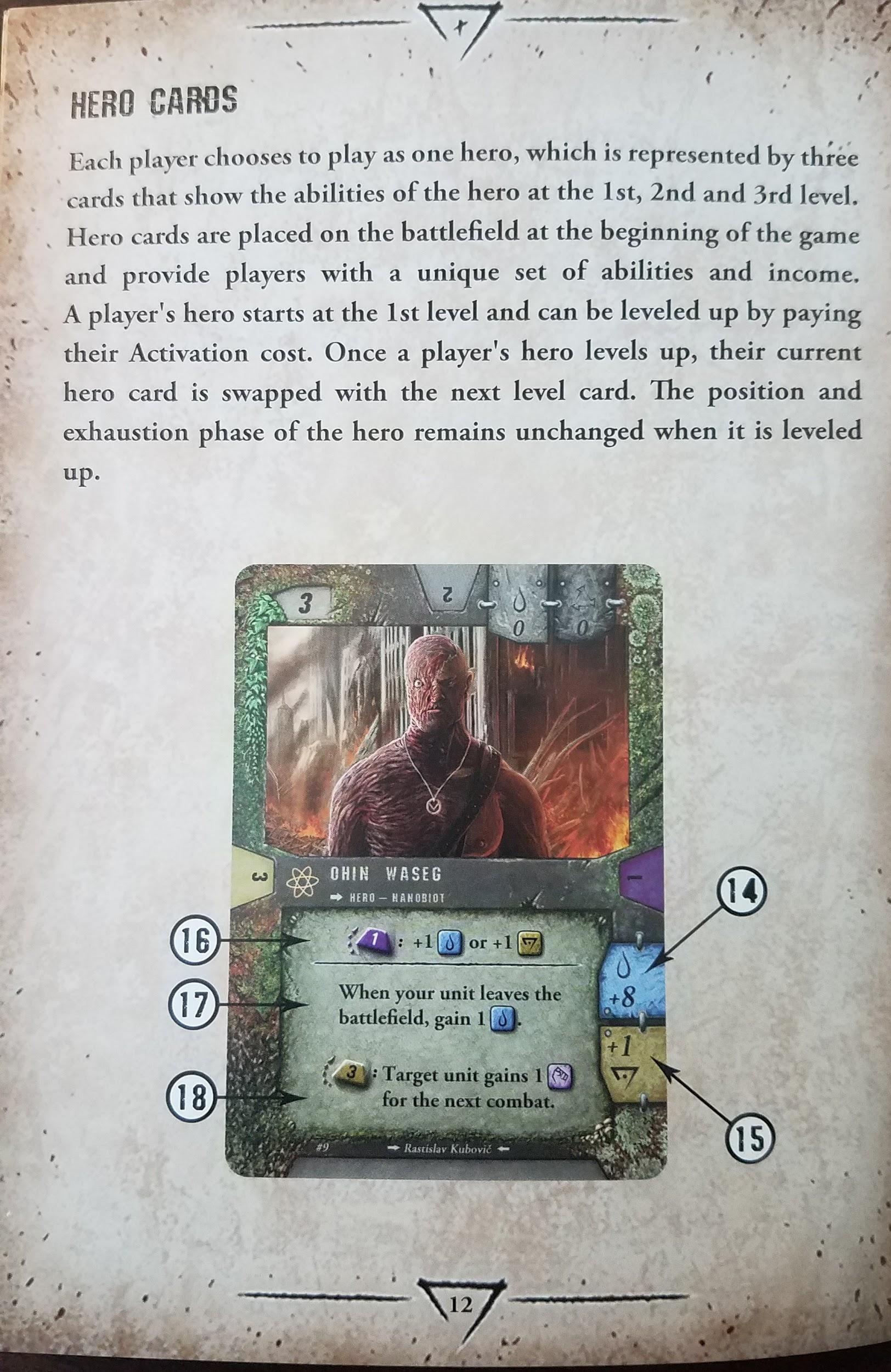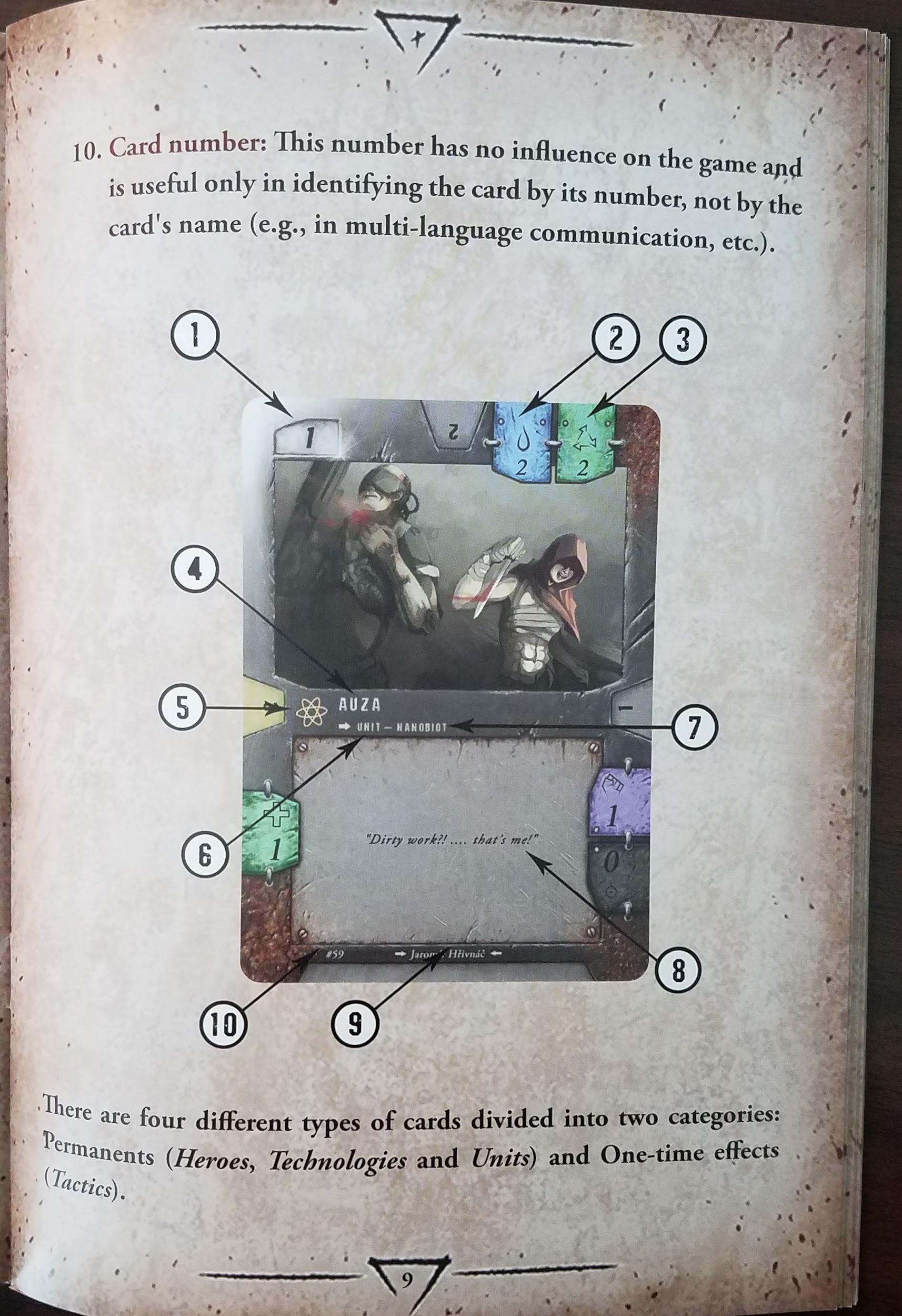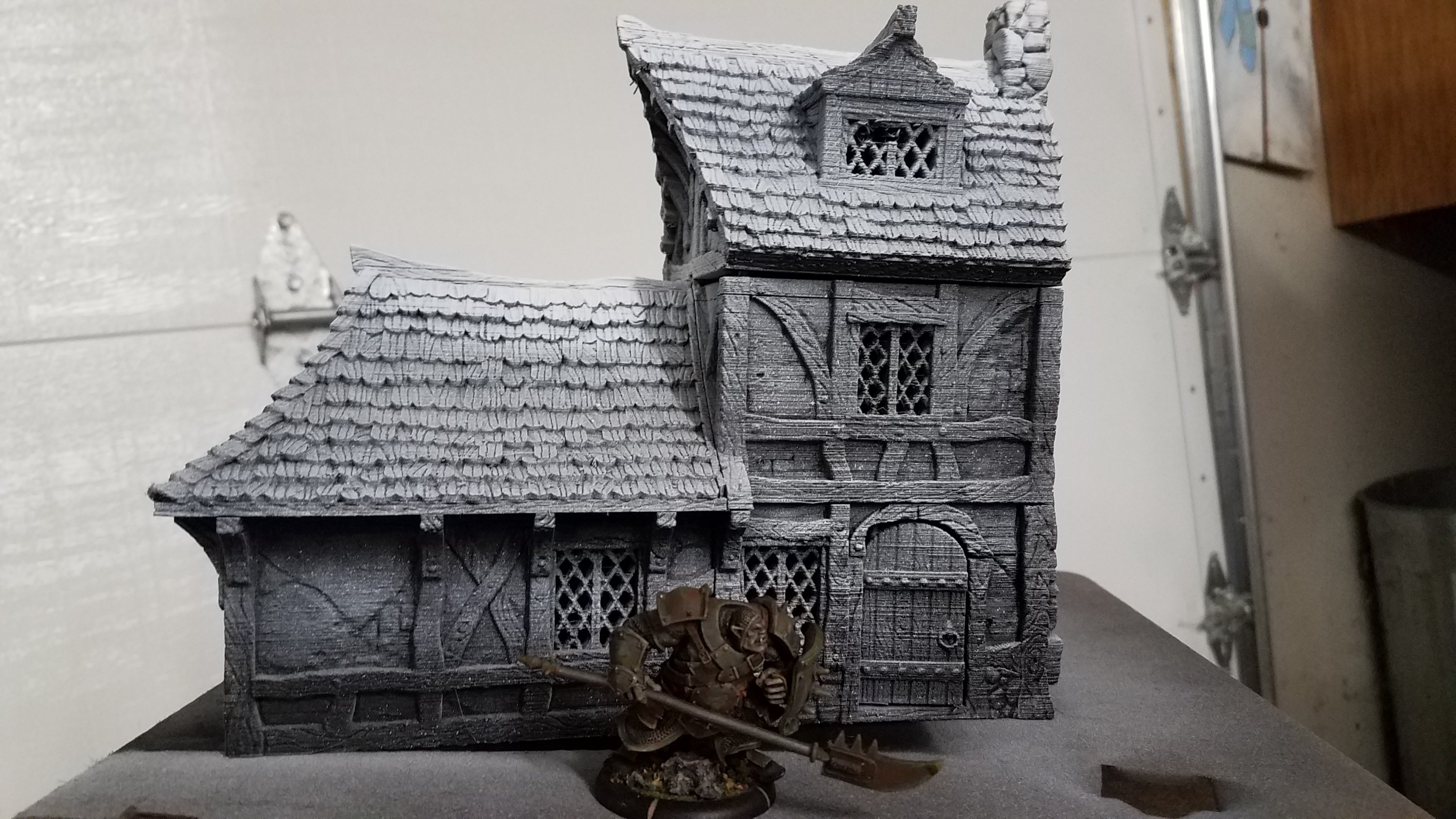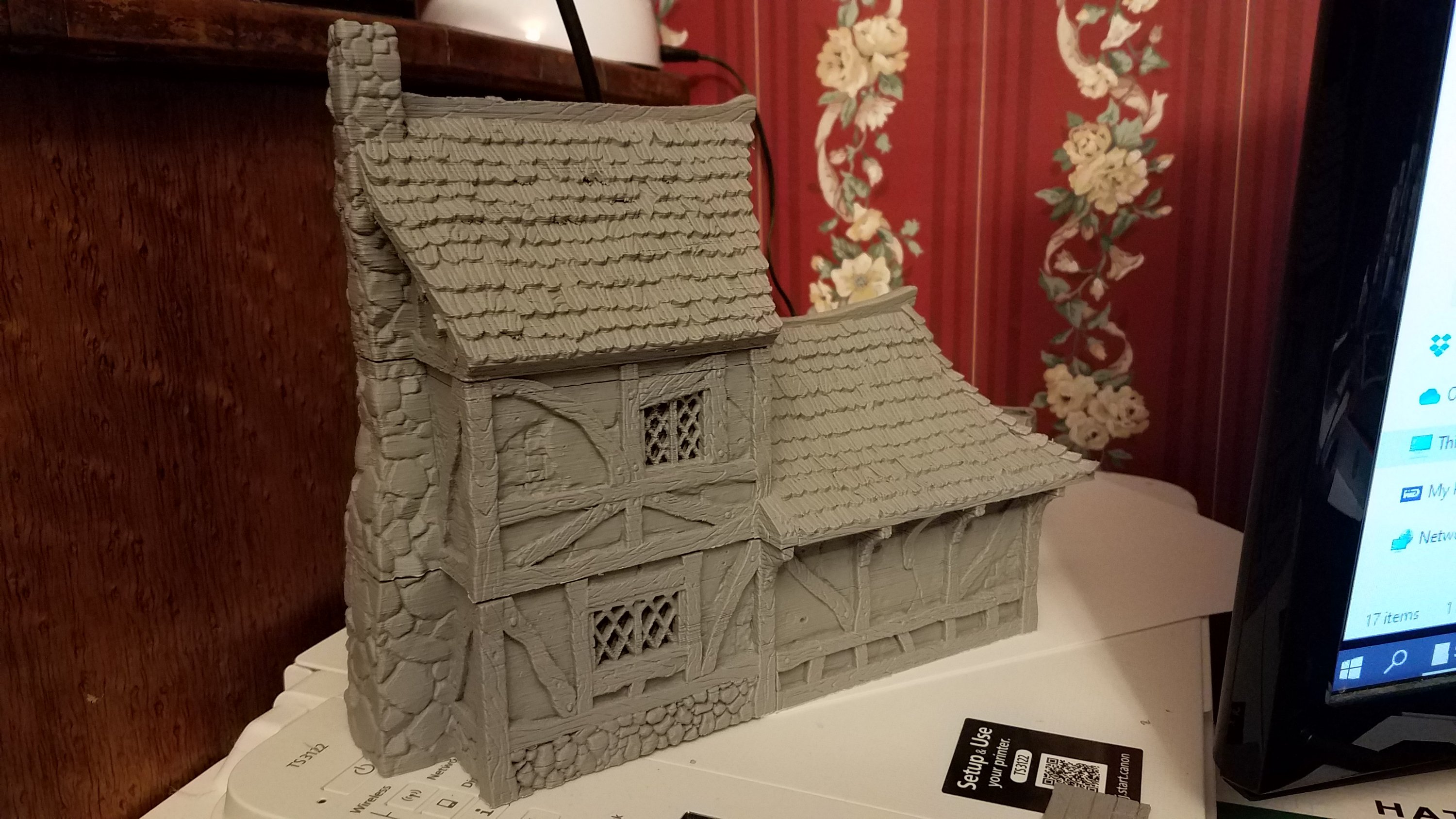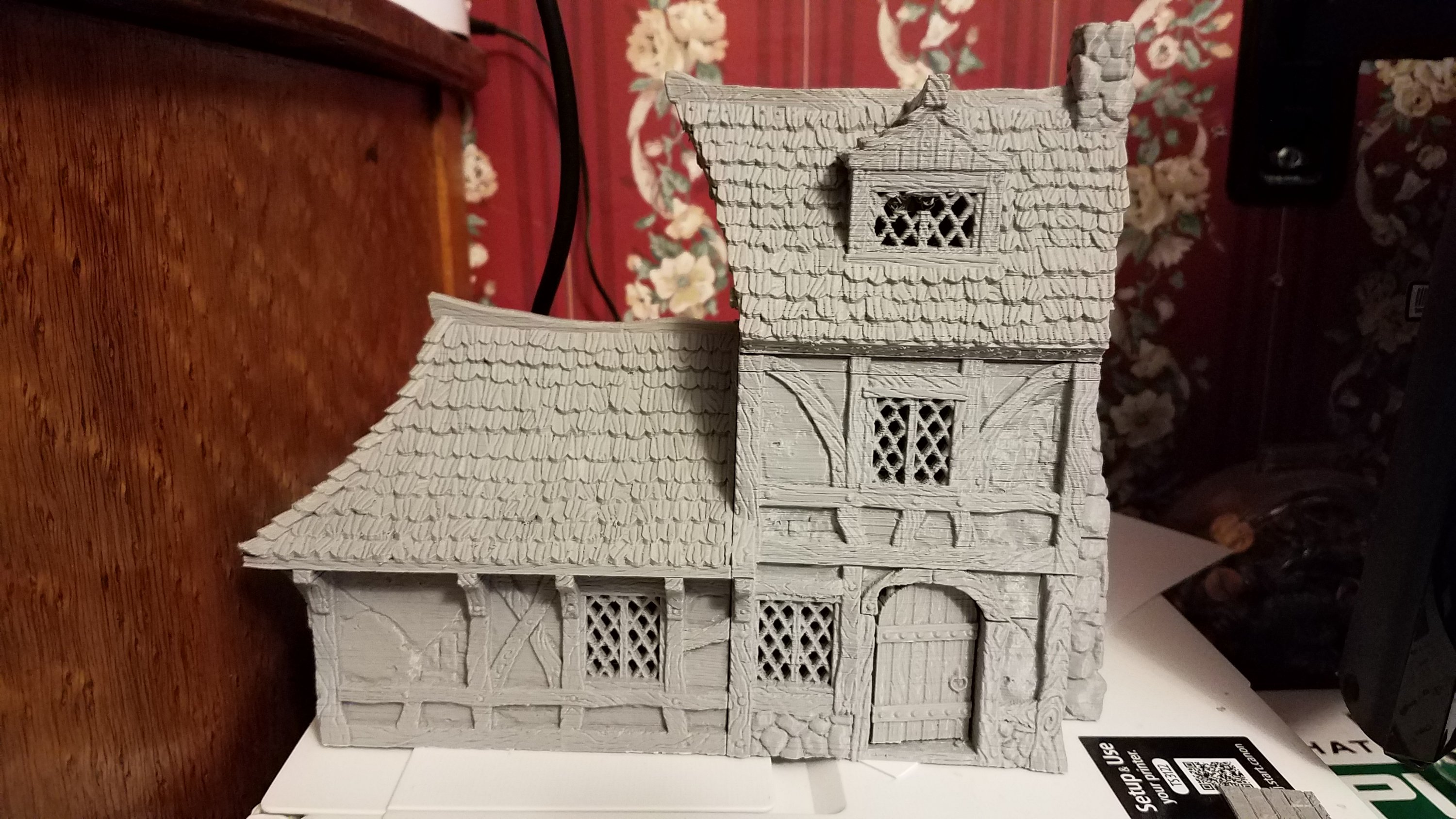
Quick Look:
Name: Feudal Endeavor
Designer: Andrew Zimdahl
Artists: Alyssa Fernandez & Jared Sanford
Publisher: I Will Never Grow Up
Year Published: Kickstarter 2020
No. of Players: 2-6
Ages: 12+
Playing Time: 20-60 minutes
Find more info on BoardGameGeek.com and upcoming on Kickstarter on July 7, 2020.
Note: I received a prototype copy of the game for an honest review.
Components are not final and may change as the Kickstarter unfolds and production begins. A final production copy was promised as a thank you for the time involved in writing and publishing this review.

From the publisher, “Catherine the Great was the Empress of Russia from 1762 until 1796, the country’s longest-ruling female leader. She came to power following a coup d’etat that she organized, resulting in Peter III, her husband, being overthrown. Under her reign, Russia was revitalized, growing larger and stronger than ever, recognized as one of the great powers of Europe. As one of the noble families under the reign of Catherine the Great, you are invited to become a part of Russia’s Golden Age. Take on the role of noble lords and ladies in 18th century Imperial Russia. Clandestinely acquire new lands, battle your rivals, and compete for prestige and the Empress’s favor as she renovates her great palace”
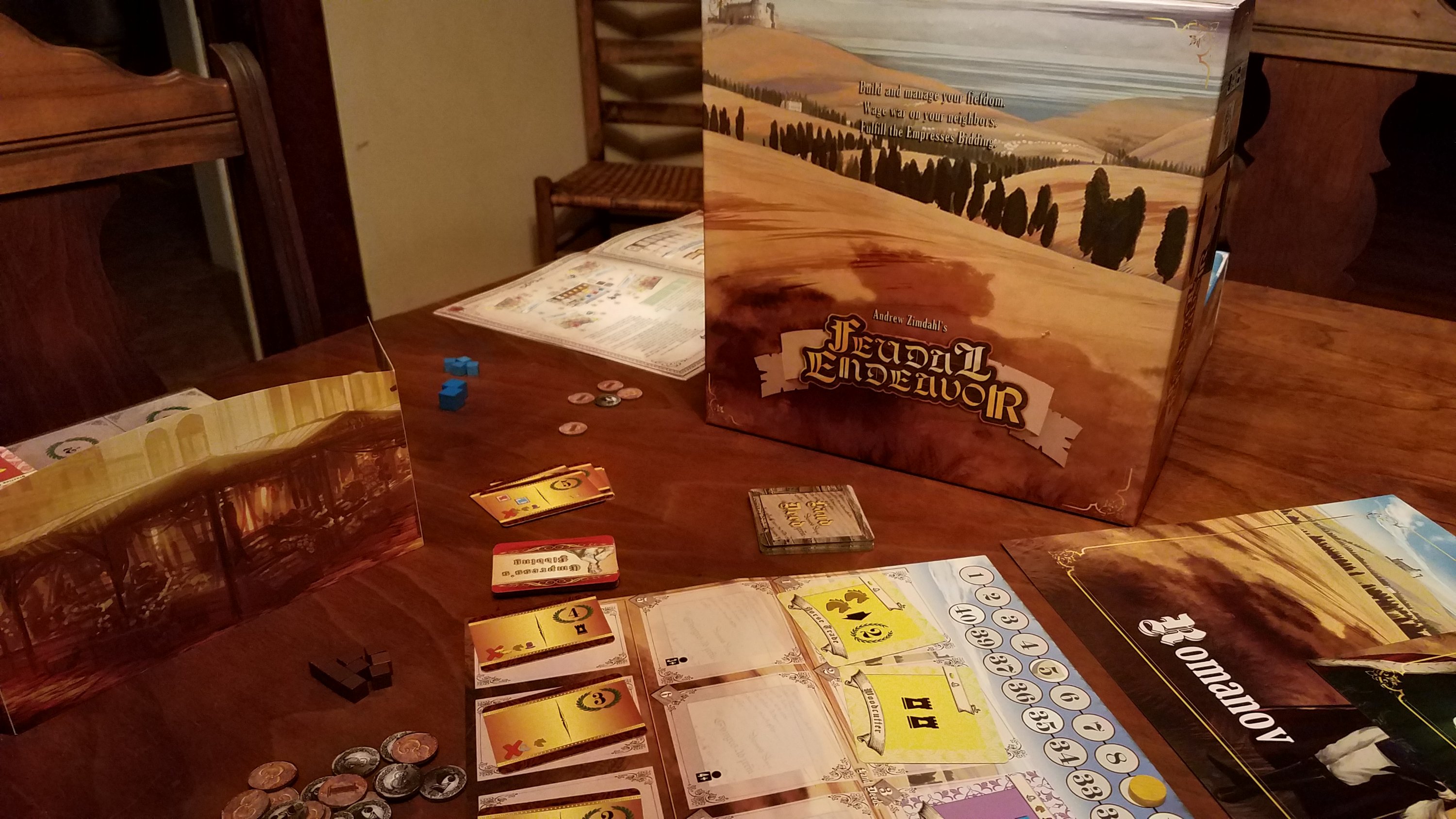

Review:
Feudal Endeavor brings a few mechanisms together to create a new and unique bidding game. Players will compete during the bidding phase to acquire new lands and then they will manage their fiefdom by placing those land deeds on their player boards. As players take turns simultaneously, you’ll find the game moves quickly as you try to earn the most prestige with the Empress, Catherine the Great. However, players must be careful as prestige can be lost at the end of the game if you have unfilled slots on your player board or stolen by other players during the game as they use Act of War cards. The simultaneous bidding mechanism means that you’ll place bids and reveal at the same time as your rivals- this builds suspense- and drama- while you try to outbid everyone for the deeds you need. Players may also bluff their opponents into thinking they need a specific deed card. Outwitting and strategizing those bids becomes very important throughout the game.

If you’ve ever played Revolution you may find that there is a similar mechanic here, but that’s about it. In addition to the bidding, players will try to develop their fiefdom to Catherine’s wishes- no player will have the same layout- to gain victory points and ranking which is used to break ties. Also, Catherine will demand tithing to help her renovate her palace as you give up resources to help advance your status while deciding to use Act of War cards to go to war against one of the other players which will force them to lose victory points in your favor. Player boards provide advantages based on the deeds that are in play. For example, owning a pasture and placing three coins on the deed will gain you a horse during the income phase.A game of Feudal Endeavor lasts around ten minutes a person and the game ends when any player has completely filled all of their land deed spaces on their player boards OR the land deed supply deck has been completely used. Players will count their total prestige and one player will be declared the winner.
Setup:
The game will take a few minutes to set up. Each player gets a randomly drawn player board, a bidding screen, a prestige marker, a favor track marker, and one set of brick tokens. Each player gets two starting land deeds, the hovel, and pasture, and takes six coins. Players will place their starting deeds on their player players boards in any location they wish and immediately gain any benefit associated with that placement. The main board is placed in the middle of the table for all players to see as well as the three resources, serfs, horses, and knights, and lastly, coins. The land deeds, special abilities, and Empress’s Bidding decks are shuffled and placed into three separate piles next to the main board.

The main board has locations along the top for the prestige tokens. Each player starts at five prestige. The middle three rows are where the appropriate number of land deeds, special abilities, and Empress’s bidding cards go. The number of cards is based on the number of players and changes at each player count. The board does show the correct locations, though, for each player count, so that makes setting up the game a bit faster. The Empress’s favor track is along the right-hand side and the player at the top is determined by the person who last visited a castle. Bonus coins are gained based on player position on this track. Players should be ready to begin a game of Feudal Endeavor.
Gameplay:
The game is divided into the five following phases which are pretty distinct and easy to follow:
- Bidding and Land Management
- Income
- Auction
- Fulfilling the Empress’s Bidding OR tithing
- Restock
The phases cycle until the game ends.Prestige is the only way to earn victory points within Feudal Endeavor. Without those victory points, you can’t win. During the game, victory points can be earned by completing the Empress’s bidding cards and for some special abilities. You will earn prestige at the end of the game for any purple land deeds within your fiefdom, for land deeds of any color combination of colors within your fiefdom, tithings offered, and resources remaining in your personal supply. Unfortunately, coins don’t count, so make sure you use them or lose them! Highly important is the fact that you will lose victory points if you don’t have specific spaces on your player board covered by land deeds.

Also, you may lose victory points through special Act of War cards played against you. In the bidding and land management phase, players will simultaneously place secret bids behind their bidding screen to denote which deeds on the Main board they are bidding on. In addition, players will publicly place resources or coins on their own land deeds on their player boards to activate abilities. You’ll have to pay attention as some deeds require specific resources or coins in order to bid on. Sort of like a minimum bid in a normal auction. Players may freely exchange resources- three resources of any type may be exchanged for 1 new resource from the general supply. Coins are not resources and can not be traded in this fashion!
Phase two is the Income phase. In this phase, players all gain six coins (Collect $200 for passing Go!) from their family endowment and land deeds that were activated will generate new resources.

Phase three is the auction phase and probably the most exciting as you are not quite sure what your opponent is doing- Do both of you want the same land deed or will you and your opponents bid on different deeds? The rules in phase ask you to secretly bid on available land deeds and publicly place resources and coins on current deeds within your fiefdom on the player board. At the same time, players reveal their bids and starting with the land deed in location #1, determine who wins the bid. The winner turns their bids to the bank while the loser gets their bid back. Go through each land deed by numerical order until all bids are done. The winner also moves their favor bid to the bottom of the track.
Ties are broken by the order of this track so there are no debates and issues are easily solved. The land deed that’s won goes to the winning player’s player board and placed where they want it. The cool thing is that any benefits gained happen immediately. This bidding mechanic is repeated then for the special ability cards that were bid on.

The next stage is fulfilling the Empress’s bidding which starts with the person who is highest on the favor track. The players in descending favor order can try to fulfill the Empress’s bidding card or place a brick on the tithing space. To fulfill this card, match the specific requirements on the left of the card and spend the resources from your personal supply. Gaining rewards from the previous step is paramount to fulfilling the card in this step. You will immediately gain victory points and any bonuses if you fulfill this card. The last phase is the restock phase. Essentially, you replenish new land deed cards to the main board and any remaining land deeds move one space ahead to make room for the new cards. The same is done for special ability cards.
Last, Empress’s Bidding cards are replaced. The game ends once a player has filled his fiefdom with land deeds or the land deeds deck is empty at the end of phase four, the Empress’s Bidding phase. Players will then count their victory points and the person with the most victory points is the newest person to win the favor of Catherine the Great!

Theme and Mechanics:
The theme of the game deals with an interesting time in history- Catherine overthrows her husband’s rule in a coup and peasant uprising. However, Catherine doesn’t give in to the demands of the peasants and keeps the rule of the upper class and serfdom remains across the Russian lands. The game plays to that as players build their fiefdom while trying to curry favor from Catherine. The mechanics make sense- as it’s fully an auction game- and building their fiefdom to suit the wishes of the Empress is very important, just like historical context.
Players wish to build their own properties to gain power and prestige while at the same time gain favor from the Empress by fulfilling specific requests and helping her renovate her palace. The auction mechanic allows for some unique and interesting moments in game play. Players can bid and totally different land deeds and abilities but in some rounds each player may bid on the same thing- the drama of the game comes from that unknown. Some of the strategies is in trying to trick your opponents into bidding on something to keep you from getting it, but, you may not even want that card- It’s all about tricking and out bluffing your opponents if you can.
Artwork and Components:
Unfortunately, the game itself doesn’t bring any allusion to the time period. The cards are solid colors with no background and the main auction board is lacking any visual appeal. Of course, there are borders and ways to help denote various locations, but, the nature of the layout and needs delineated locations on the board don’t work towards having a luscious piece of artwork. The player boards are similar but they do at least have a

barren land that you fill with the cards. For me, visually, the cards on the boards are a bit jarring. However, I do think the layout and design work to help the players in setting up and determining what things are. That’s a must as you need to know what specific thing is where. Having a lot of art may have made the boards and cards distracting.
I’d guess that the mechanics and design need to be clear and straightforward and not be confused with lots of imagery. As this is a production copy, things could change. I’d hate to comment on component quality, good or bad when this isn’t a production copy. The bidding screens do have a large panoramic illustration of a market to represent the main auction phase in the game. Below you’ll find a list of components that come in the box:
- Rule book
- Main Board
- 6 Player Boards
- 6 Bidding Screens
- 3 Decks of Cards
- 24 Empress’s Bidding (mini size)
- 12 Special Abilities (mini size)
- 60 Land Deeds (square)
- 20 Serf Resource Tokens
- 18 Horse Resource Tokens
- 12 Hussar Resource Tokens
- 36 Coins (1 value)
- 24 Coins (5 value)
- Player Components (in 6 colors)
- Prestige Tracker Token
- Favor Tracker Token
- 5 Small Palace Tithing Bricks
- 4 Large Palace Tithing Bricks
Another slight annoyance, and because of my colorblindness, I wasn’t able to easily tell the colors of some of the blocks apart- The serf blocks, horse blocks, and the brown bricks were a bit too close in color for me. However, since this is a prototype, that can’t and shouldn’t be held against the publisher.
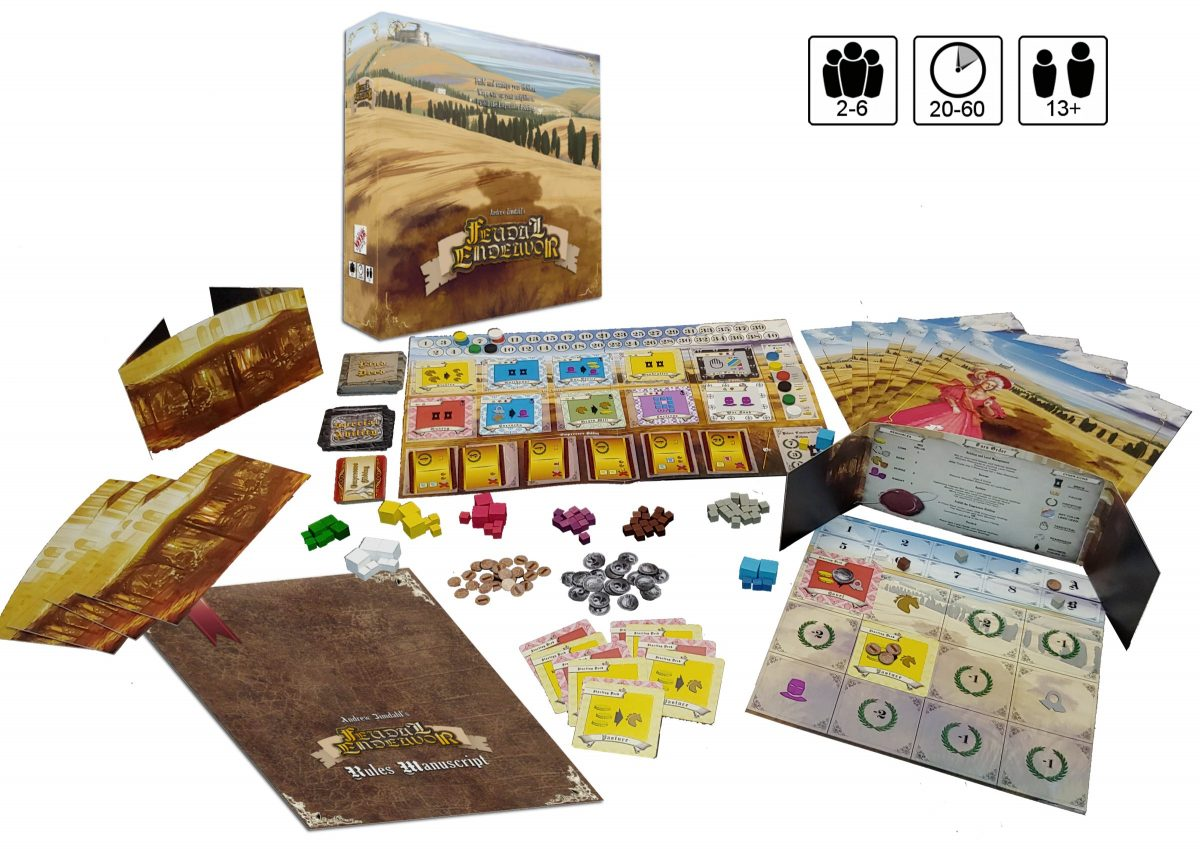
The Good:
A very fun and engaging auction mechanism. Since players take their auction turn at the same time, there is little downtime. Due to that, you are moving through the five phases fairly quickly. It’s estimated that a game will last around 10 minutes per player and with a group who knows how to play, the game won’t outlast its welcome. All the pieces are easy to identify and you will quickly learn what card type is what based on color.

The Other:
I was a bit disappointed with the lack of presence on the board and cards on the central board and player board. I’m not an artist myself, but I found the overall colors of the cards a bit bland and jarring when they are laid out on the central board. I am color-blind, so maybe that had something to do with my perception. I hope the presentation of the in-game components changes for final production.

Final Thoughts:
I’m a big fan of auction games and especially ones that happen simultaneously so as to keep all players involved. The favor track is interesting as it helps players decide on fulfillment on the Empress’s Bidding cards and ties are broken by moving a token to the bottom of the favor track if you win a bid.
Players Who Like:
If you auction games, this one will provide a fun experience. Especially as it’s an all-in bid as you don’t know what other players are doing and the action happens simultaneously. The one game that came to mind that was similar was Revolution as last published by Steve Jackson Game. Revolution has a secret bidding mechanic and the spaces are resolved in a similar fashion as Feudal Endeavor, although, they are two completely different games!

Check out Feudal Endeavor from I Will Never Grow Up Games Kickstarter.

Bob Nolan
Bob is an avid board gamer, miniature gamer, and miniature hobbyist. He has hundreds, if not thousands of unpainted miniatures mocking him. Married with two children, he spends his days working as a school counselor, while his evenings are spent on gaming, freelance writing, editing, and sometimes as a Kickstarter consultant.


